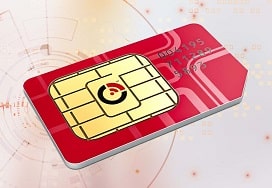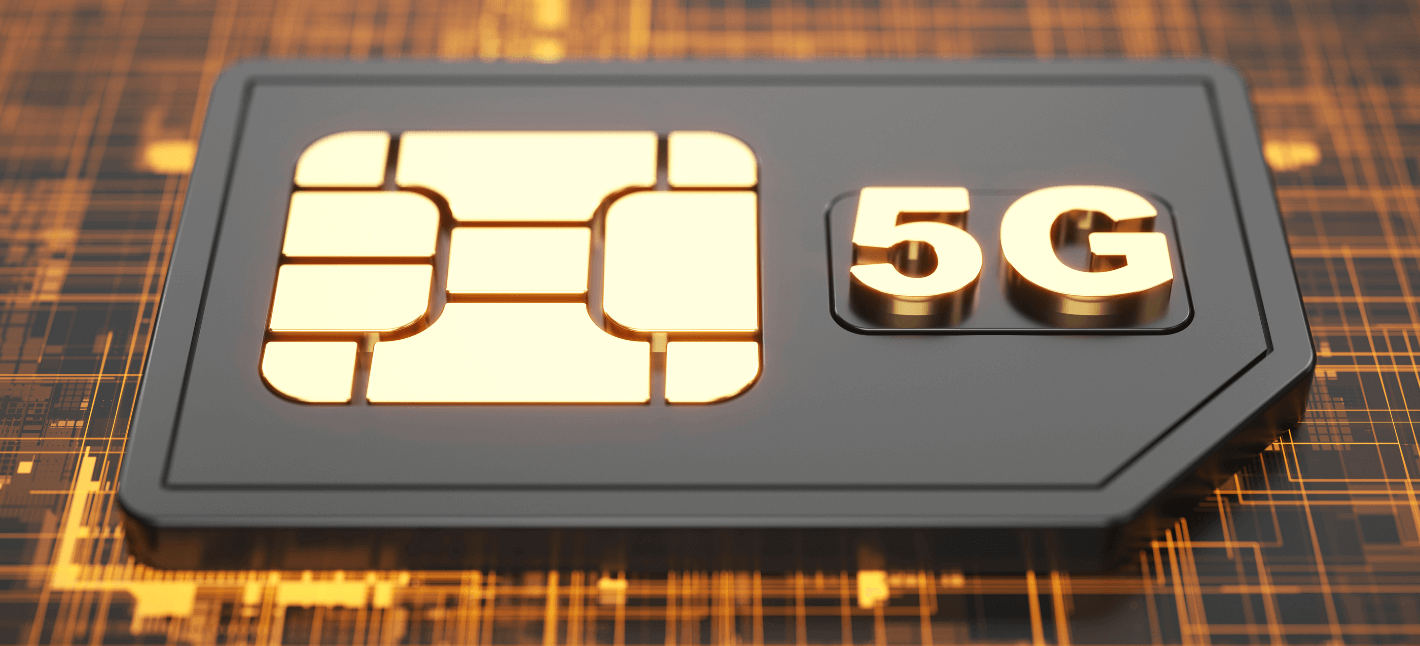IoT Connectivity Pricing Overview and Definition of IoT Connectivity
Vodafone Managed IoT Connectivity Platform Exploring the World of IoT Connectivity

The fast evolution of the Internet of Things (IoT) has led to an increased give consideration to connectivity solutions for units, permitting them to communicate and relay data effectively. As businesses and industries incorporate IoT options to improve efficiency and increase processes, understanding the differences between cellular and non-cellular IoT connectivity becomes important.
Cellular connectivity utilizes present cell networks to attach devices, allowing for information transmission over wide geographical areas. This know-how is well-established, supported by a long time of infrastructure development, and has the advantage of offering customers sturdy protection and reliable communication. Devices outfitted with cellular expertise can faucet into the 2G, 3G, 4G, and the emerging 5G networks, providing high-speed knowledge switch capabilities.
Non-cellular IoT connectivity supplies alternative communication methods that do not depend on cell networks. These alternatives can include Wi-Fi, Bluetooth, Zigbee, LoRaWAN, and other specialised protocols designed for particular use circumstances. This category often targets short-range purposes, similar to house automation or localized sensor networks, the place broad cell protection is probably not necessary.
Nb-IoT Connectivity Security and Connectivity in IoT
The selection between cellular and non-cellular connectivity primarily hinges on the precise requirements of the appliance. For example, cellular networks are often preferred for assets which are mobile, roaming between different geographic areas, or require real-time data communication. This makes cellular connectivity ideal for applications corresponding to vehicle monitoring and smart transportation techniques, the place units frequently transition between different community zones.
In distinction, non-cellular connectivity tends to be favored in environments where devices exist stationary and communication does not require extensive coverage. For example, within a wise constructing, a quantity of IoT sensors can communicate over Wi-Fi or Zigbee, efficiently sending information on energy utilization, occupancy, or environmental circumstances without having the expansive reach of cellular networks.
IoT Connectivity Plan Overview and Definition of IoT Connectivity
Another pivotal consideration is cost. Cellular connectivity can entail larger costs for data plans, particularly for high-data-use applications. Depending on the amount of knowledge transmitted, organizations must contemplate the long-term costs coherently. Conversely, non-cellular options typically involve decrease operating bills since many devices can talk over private networks without incurring month-to-month charges.
In terms of energy consumption, non-cellular technologies regularly stand out. Many low-power protocols, corresponding to LoRaWAN, have been specifically designed to minimize energy usage, extending the battery lifetime of related gadgets significantly. This is important for applications corresponding to environmental monitoring or agricultural sensors, where maintenance have to be rare.
IoT Sim Connectivity Platform for IoT Connectivity Management
Security is another essential issue influencing the selection of connectivity type. Cellular networks profit from established safety protocols and encryption techniques, which may scale back vulnerability to assaults. Non-cellular options, while offering flexibility and decrease prices, can current more varied security challenges, requiring cautious implementation of encryption and safety measures to guard user knowledge and system integrity.
Latency is a important side impacting performance in IoT applications. Cellular networks, notably with the advancements seen in 5G, present low-latency communication perfect for real-time functions. This is paramount for sectors similar to telemedicine or autonomous automobiles, the place delays in information transmission may end up in severe consequences. Non-cellular technologies can introduce larger latency, making them less suitable for duties demanding real-time interaction.

The scalability of IoT systems also displays the differences between the two forms of connectivity. Cellular investigate this site networks already accommodate hundreds of thousands of devices, as a outcome of they're built with a broad person base in mind. This makes them an attractive choice for large-scale deployments requiring widespread coverage. Non-cellular solutions, significantly those working on native networks, can face hurdles relating to scalability, particularly when numerous devices have to be coordinated.
Environmental conditions and bodily barriers can closely influence the effectiveness of connectivity choices. Cellular signals can penetrate buildings and transmit over longer distances, making them versatile in varied settings. Conversely, non-cellular technologies, while doubtlessly limited in vary, can utilize mesh networking capabilities, permitting devices to relay info by way of one another, extending the efficient communication area - IoT Connectivity Products.
IoT Cloud Connectivity Quick Guide to IoT Connectivity
In sensible phrases, many trendy IoT methods adopt a hybrid strategy, utilizing both cellular and non-cellular connectivity depending on specific requirements. Such a strategy permits customers to learn from the strengths of each methods while mitigating their weaknesses. For example, a sensible city may deploy cellular sensors for traffic administration whereas utilizing Wi-Fi for local environmental monitoring stations.
The way forward for IoT connectivity rests in improved technologies that will continue to bridge the gap between cellular and non-cellular choices. Advancements in edge computing could permit units to process data domestically, lowering the necessity for constant connectivity. Increased collaboration between different types of networks, similar to integrating cellular backhaul with native area networking, can lead to innovative options for numerous industries.

Ultimately, deciding between cellular and non-cellular IoT connectivity necessitates a complete evaluation of the precise use case. Factors like protection, cost, power consumption, latency, and safety must all be weighed to decide out an acceptable connectivity solution.
The evolution of IoT signifies an exciting future, the place the integration of cellular and non-cellular technologies can create a more related world. As industries proceed to innovate while integrating IoT methods, the flexibility and flexibility offered by a mixture of those connectivity choices will pave the method in which for extra environment friendly and responsive options.
IoT Sim Connectivity Pressure on IoT Connectivity Prices
Through understanding the distinctions between cellular and non-cellular IoT connectivity, stakeholders can strategically deploy solutions that meet their specific wants, markedly enhancing the efficacy of IoT functions in real-world contexts.
- Cellular IoT connectivity makes use of established cell networks for seamless information transmission, providing widespread protection and reliability.
- Non-cellular IoT, corresponding to LoRaWAN or Sigfox, usually operates on low-power radio frequencies, making it perfect for rural or hard-to-reach areas the place cellular companies may be restricted.
- Cellular networks help excessive bandwidth purposes, enabling real-time knowledge transfer, which is crucial for sectors like telemedicine or autonomous vehicles.
- Non-cellular solutions typically consume much less energy, permitting units to have longer battery life, which is advantageous in environments the place frequent maintenance is impractical.
- Cellular IoT units might require a subscription-based knowledge plan, leading to higher ongoing prices compared to non-cellular techniques that can be inexpensive to operate.
- Non-cellular IoT technologies often provide larger scalability for large-scale deployments, as they'll connect hundreds of units without overwhelming a single community node.
- Cellular connections have a tendency to supply more robust safety protocols, important in industries requiring stringent knowledge protection measures, such as finance or healthcare.
- The latency in non-cellular networks may be greater, making them less suitable for functions the place timely information processing is crucial, similar to industrial automation.
- Geographic availability can limit non-cellular IoT deployment in city areas, whereas cellular infrastructure is usually more developed and accessible.
- Non-cellular options could introduce complexities in gadget integration and administration, while cellular technologies benefit from a more homogenized ecosystem supported by main telecom providers.undefinedWhat is the main distinction between cellular and non-cellular IoT connectivity?
Cellular IoT connectivity makes use of mobile networks (like 4G and 5G) for communication, whereas non-cellular options rely on different strategies similar to Wi-Fi, LoRaWAN, or satellite tv for pc. The selection affects coverage, energy consumption, and data transmission capabilities.
Industrial IoT Connectivity Essential Information on IoT Connectivity
How does protection differ between cellular and non-cellular IoT options?
Cellular IoT has extensive coverage, significantly in city areas, benefiting from established mobile networks. Non-cellular choices might have limited range depending on the technology; for instance, Wi-Fi protection is confined to the vary of a router, whereas satellite can provide international reach.
What are the prices associated with cellular versus non-cellular IoT click to investigate connectivity?
Internet Connectivity Principles In IoT IoT Connectivity Management for Solutions
Cellular IoT sometimes incurs month-to-month data charges tied to a cell plan. Non-cellular solutions may need decrease ongoing prices but might require extra significant upfront investments in hardware or infrastructure, affecting the general finances depending on the application.
Which choice presents higher power efficiency for IoT devices?
Non-cellular IoT connections, similar to LoRaWAN, are typically more power-efficient, allowing gadgets to operate for extended durations on battery (Connectivity Management IoT). Cellular IoT might devour more energy, notably throughout excessive data transmissions, however newer technologies like NB-IoT aim to enhance effectivity.
What types of functions are greatest suited for every connectivity type?
IoT Connectivity Comparison Growth of Usable IoT Satellites
Cellular IoT is right for functions requiring mobility or extensive geographic protection, like fleet tracking. Non-cellular options excel in eventualities where low knowledge transmission and low energy consumption are priorities, such as smart agriculture or remote sensors.
How safe are cellular and non-cellular IoT connections?
Cellular networks usually have built-in security measures, together with encryption and authentication, benefiting from regulatory oversight. Non-cellular connections can vary in security primarily based on the particular technology used, necessitating careful consideration for important purposes.
IoT Connectivity Management M2M Connectivity Solutions in IoT
What are the latency variations between cellular and non-cellular IoT connectivity?
Cellular IoT sometimes provides lower latency, making it suitable for real-time functions. Non-cellular choices would possibly experience larger latency, especially in networks that depend on longer-distance transmissions or less optimized protocols.
Can I switch from cellular to non-cellular connections in an current IoT application?
Nb-IoT Connectivity Reviews of Managed IoT Connectivity Services
Switching is feasible however requires careful evaluation of the appliance's needs. Strategies must be developed to deal with variations in coverage, energy, data charges, and overall structure to make sure the IoT resolution remains efficient - IoT Connectivity Solutions.
What factors ought to I contemplate when selecting between cellular and non-cellular IoT connectivity?

Consider coverage space, data necessities, power constraints, device mobility, safety needs, and finances. Each software's unique requirements will assist determine the most suitable connectivity resolution for optimal performance.